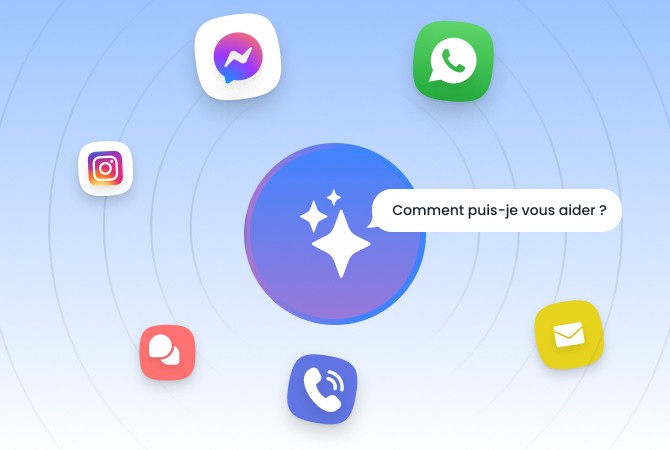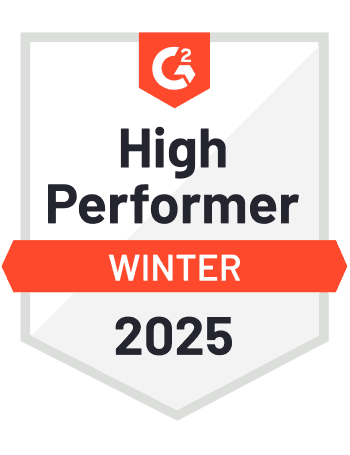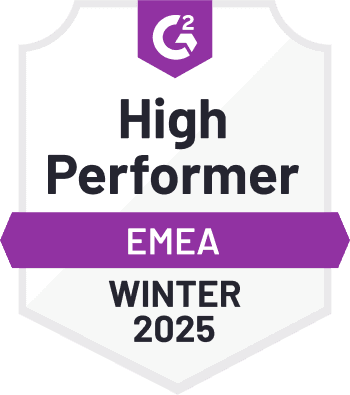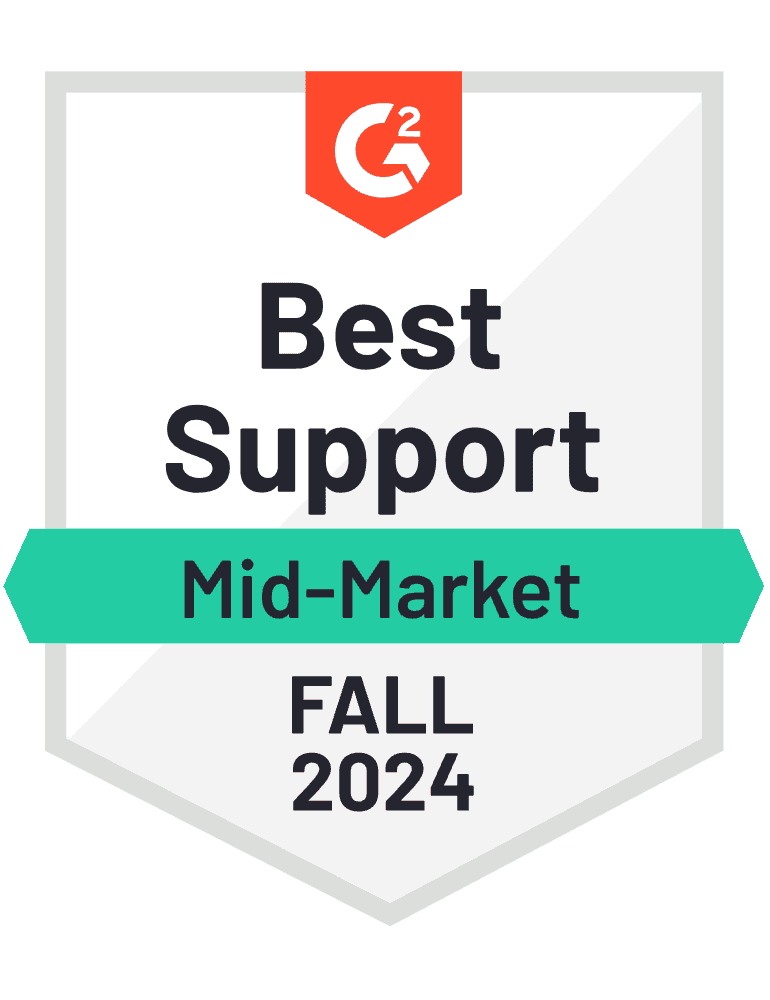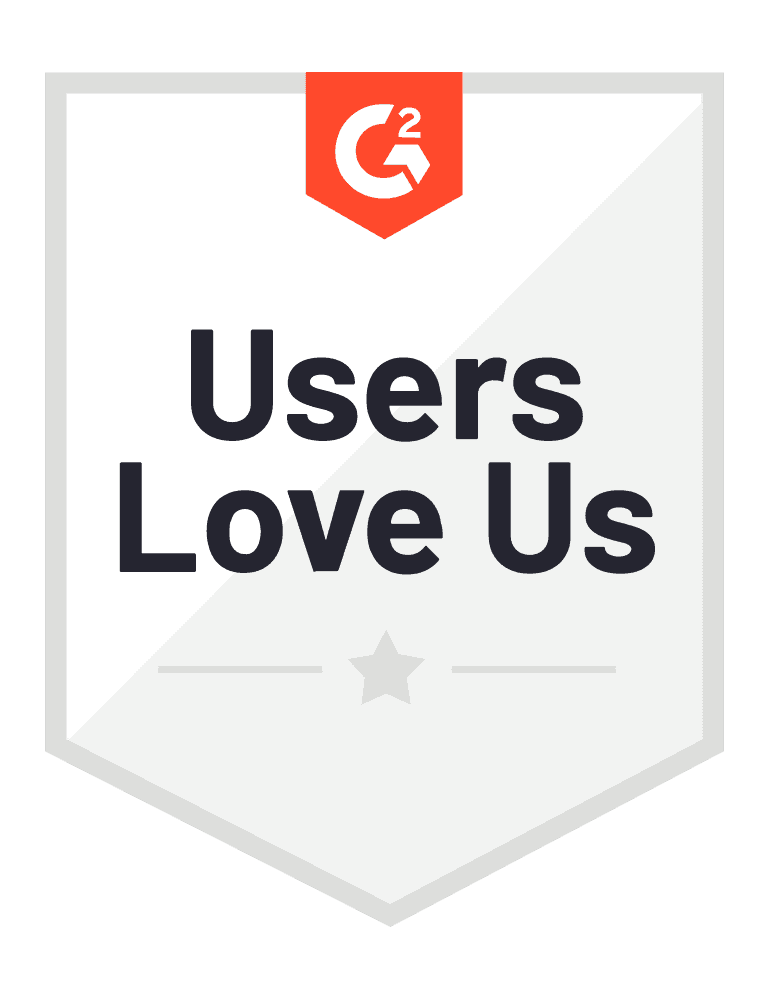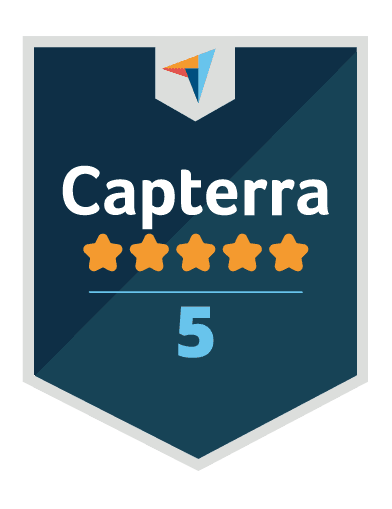Optimize your customer service: 10 KPIs to track in 2025
Why Track KPIs?
With the emergence of new tools in artificial intelligence (AI) and automation, companies now have powerful technologies to optimize their customer interactions. However, to fully leverage these innovations, closely monitoring key performance indicators (KPIs) is essential. In this article, explore the 10 key KPIs in customer relations that will help you stay competitive in 2025.
Customer Effort Score (CES)
The Customer Effort Score (CES) measures how easily a customer can resolve an issue. It’s calculated by asking customers to rate the effort required to complete a task on a scale, usually from 1 to 7.
A Gartner study shows that 96% of customers who report low effort are more likely to repurchase, whereas only 9% of those who faced high effort remain loyal. In 2025, automation with chatbots and callbots will help reduce this effort by providing instant and effective responses.
Average Handling Time (AHT)
Average Handling Time (AHT) measures the time an agent or system takes to resolve a customer request. It’s calculated by dividing the total time spent by the number of interactions. AI and automation tools, like speech analytics, can reduce AHT by analyzing complex requests and proposing quick, tailored responses.
Answer Rate (AR)
The Answer Rate (AR) is the percentage of incoming calls that a contact center answers within a set time. It’s calculated by dividing the number of answered calls by the total number of received calls.
Predictive AI algorithms can help anticipate call peaks, automatically allocate available agents, or offer automated options (callbots) to improve the AR.
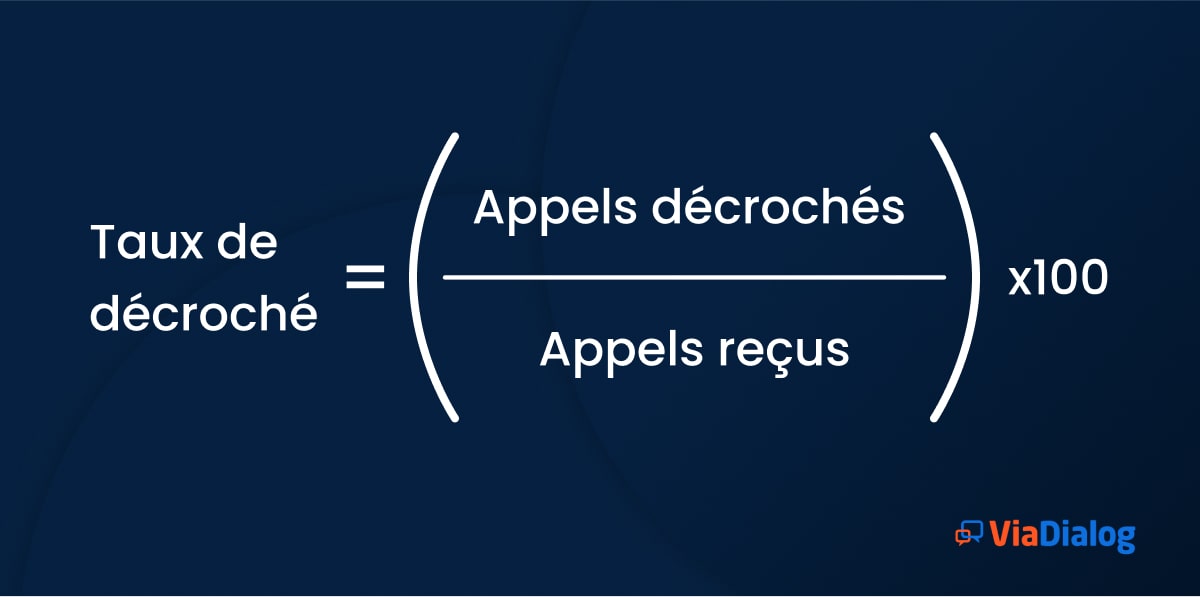
First Contact Resolution (FCR)
The First Contact Resolution (FCR) rate measures the proportion of requests resolved on the first exchange. It’s calculated by dividing the number of cases resolved on the first contact by the total number of requests. According to a Service Quality Measurement Group study, each 1% increase in FCR results in a 1% reduction in operational costs.
Automation, particularly through chatbots, allows for fast resolution of simple requests, increasing FCR.
Customer Retention Rate (CRR)
The Customer Retention Rate (CRR) measures customer loyalty by calculating the percentage of customers retained over a given period. It’s crucial as acquiring a new customer often costs five times more than retaining an existing one.
A Harvard Business Review study shows that a 5% increase in retention can lead to profit increases of 25% to 95%. In 2025, AI and predictive analytics will help identify at-risk customers, allowing for targeted preventive interventions.
Churn Rate
The Churn Rate measures the percentage of customers who leave a company. It’s calculated by dividing the number of lost customers by the total number of customers over a set period. Reducing churn can significantly boost profitability. Speech analytics tools can detect early signs of attrition risk, such as negative emotions expressed during calls or frequent complaints.
Customer Satisfaction (CSAT)
The Customer Satisfaction Score (CSAT) is used to measure customer satisfaction after an interaction. It’s often measured by asking, “What is your level of satisfaction?” with responses on a scale from 1 to 5 or 1 to 10. According to McKinsey, companies that optimize their CSAT see a 2.5% revenue increase for each point gained. Tools like chatbots and conversational AI enable quick resolutions of frequent requests, boosting CSAT.
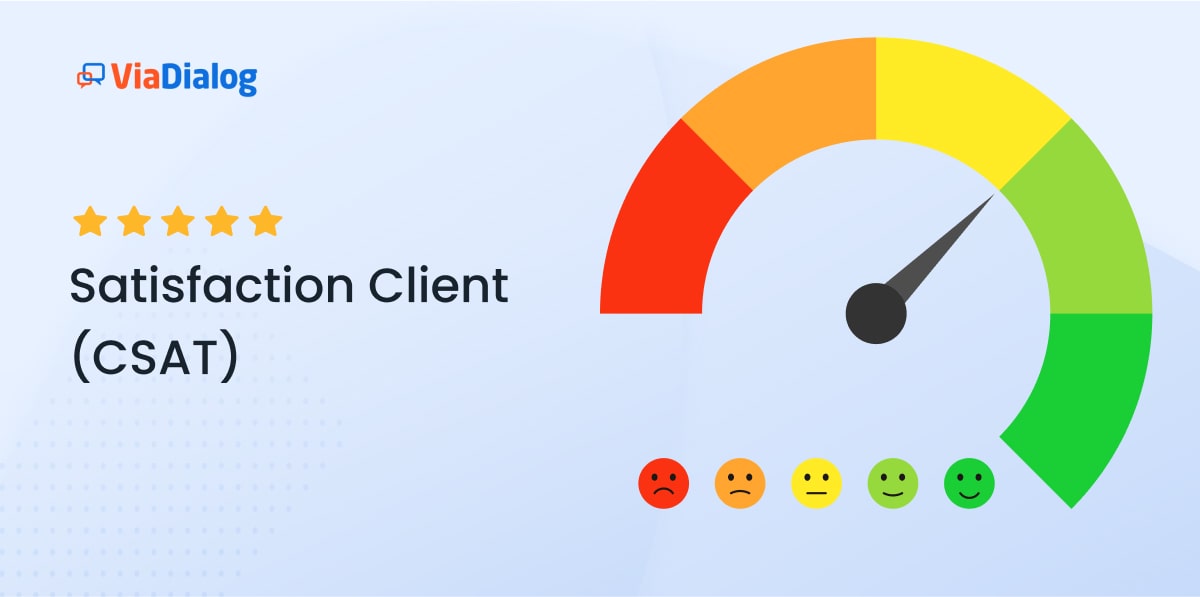
Quality of Service (QoS)
Quality of Service (QoS) is measured through customer surveys evaluating criteria like responsiveness, courtesy, and agent competence. Tools like SERVQUAL measure gaps between customer expectations and their perception of the services received. Automated surveys and real-time voice analytics enable continuous improvement of perceived service quality.
Net Promoter Score (NPS)
The Net Promoter Score (NPS) evaluates customer loyalty by measuring their willingness to recommend a company. It’s calculated by asking, “How likely are you to recommend our company to a friend or colleague?” Responses are rated from 0 to 10, with NPS calculated by subtracting the percentage of detractors (0-6) from the percentage of promoters (9-10). Generative AI allows for personalized interactions, enhancing the likelihood of recommendations.
Cost per Interaction
Cost per Interaction measures the financial efficiency of customer service operations. It’s calculated by dividing total interaction management costs by the total number of interactions. A Deloitte study shows that companies adopting intelligent automation reduce their cost per interaction by 20% to 40%. Chatbots and callbots handle high volumes of requests cost-effectively while maintaining high satisfaction levels.
Conclusion
In 2025, success in customer relationship management will rely on balancing technological innovation with optimized human interactions. Closely tracking these 10 KPIs, combined with the integration of AI, automation, and predictive analytics, will be essential to providing a seamless, personalized, and competitive customer experience.



